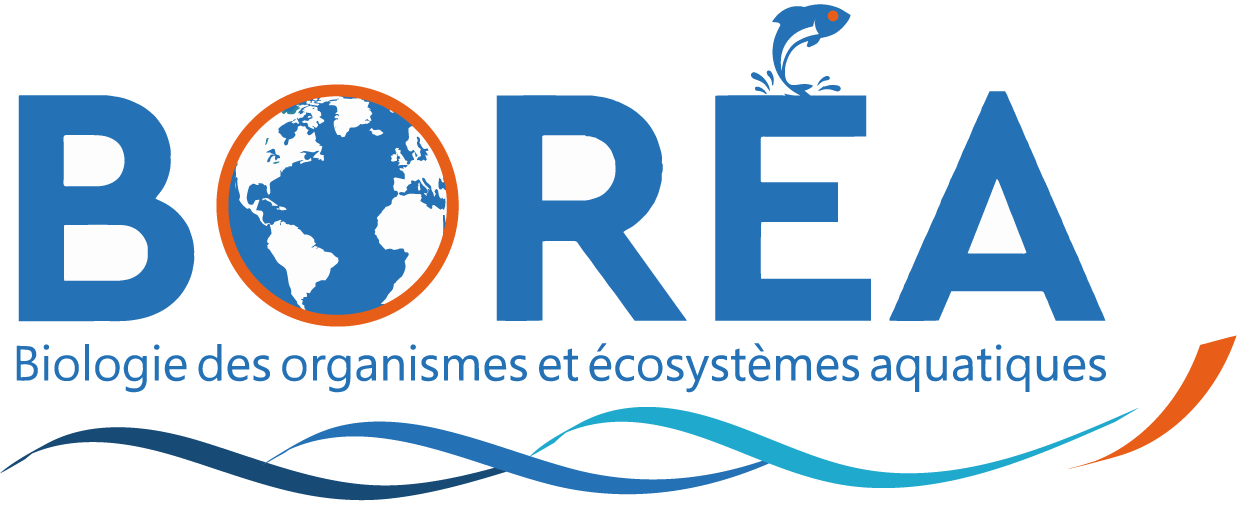Interactions between Filter-Feeding Bivalves and Toxic Diatoms: Influence on the Feeding Behavior of Crassostrea gigas and Pecten maximus and on Toxin Production by Pseudo-nitzschia
Résumé
Among Pseudo-nitzschia species, some produce the neurotoxin domoic acid (DA), a source of serious health problems for marine organisms. Filter-feeding organisms—e.g., bivalves feeding on toxigenic Pseudo-nitzschia spp.—are the main vector of DA in humans. However, little is known about the interactions between bivalves and Pseudo-nitzschia. In this study, we examined the interactions between two juvenile bivalve species—oyster (Crassostrea gigas) and scallop (Pecten maximus)—and two toxic Pseudo-nitzschia species—P. australis and P. fraudulenta. We characterized the influence of (1) diet composition and the Pseudo-nitzschia DA content on the feeding rates of oysters and scallops, and (2) the presence of bivalves on Pseudo-nitzschia toxin production. Both bivalve species fed on P. australis and P. fraudulenta. However, they preferentially filtered the non-toxic Isochrysis galbana compared to Pseudo-nitzschia. The presence of the most toxic P. australis species resulted in a decreased clearance rate in C. gigas. The two bivalve species accumulated DA in their tissues (up to 0.35 × 10−3 and 5.1 × 10−3 µg g−1 for C. gigas and P. maximus, respectively). Most importantly, the presence of bivalves induced an increase in the cellular DA contents of both Pseudo-nitzschia species (up to 58-fold in P. fraudulenta in the presence of C. gigas). This is the first evidence of DA production by Pseudo-nitzschia species stimulated in the presence of filter-feeding bivalves. The results of this study highlight complex interactions that can influence toxin production by Pseudo-nitzschia and accumulation in bivalves. These results will help to better understand the biotic factors that drive DA production by Pseudo-nitzschia and bivalve contamination during Pseudo-nitzschia blooms.
Origine : Fichiers éditeurs autorisés sur une archive ouverte

